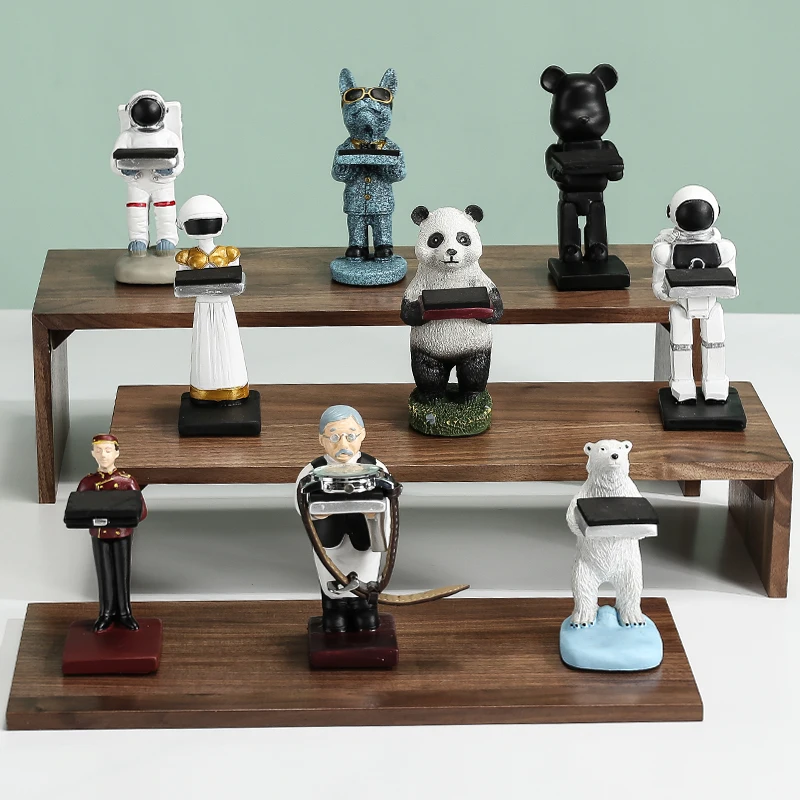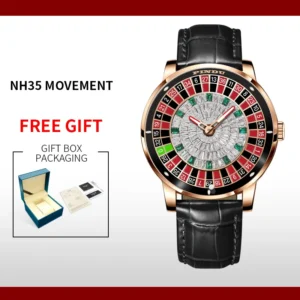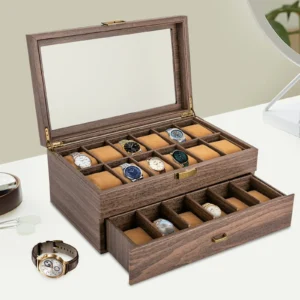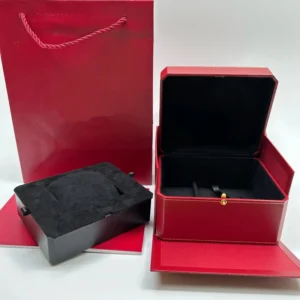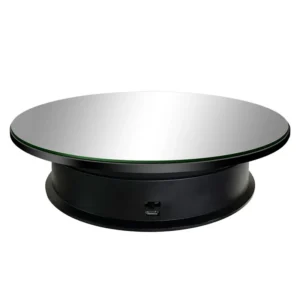Introduction to Watch Storage Solutions
For watch enthusiasts and collectors, finding the right storage solution is about more than just having a place to keep timepieces. Proper watch storage serves three essential purposes: protection from damage, organization of your collection, and displaying your prized possessions. When considering storage options, you’ll typically encounter two main categories: watch holders and watch organizers.
Watch holders are generally display-focused solutions designed for fewer watches, allowing easy visibility and access to your timepieces. In contrast, watch organizers are storage-focused solutions intended for multiple watches, prioritizing protection and efficient organization.
This distinction creates a common dilemma for watch collectors: Should you choose a holder that showcases your watches as decorative items, or an organizer that provides comprehensive protection? The right choice depends on various factors including your collection size, how you interact with your watches, and your specific needs.
Proper watch collection storage planning can make a significant difference in preserving both the functionality and value of your timepieces. Watches stored improperly can develop scratches, accumulate dust in their mechanisms, or suffer from other mechanical issues that may affect their performance and longevity.
In this guide, we’ll explore the key differences between watch holders and organizers, examine their respective advantages and disadvantages, and help you determine which solution best matches your collecting style and needs.
Understanding Watch Holders: Display-Focused Solutions
Watch holders are storage solutions primarily designed for displaying or providing easy access to one or a few watches. Their main purpose is to showcase your timepieces while making them readily available for use. Rather than focusing on comprehensive protection, watch holders prioritize aesthetics and accessibility.
Many watch enthusiasts appreciate holders because they turn timepieces into decorative elements that complement home decor. These display-oriented solutions come in several common types:
- Single watch stands: Available in various materials like wood, metal, acrylic, or leather, these stands hold and display individual watches
- Display pillows/cushions: Soft pillows or cushions that support and display watches while preventing bracelet deformation
- Small valet trays: Flat surfaces, often with dedicated watch sections, for quick access and temporary placement
- Single watch winders: Mechanical devices that keep automatic watches wound while displaying them
Watch holders are particularly suited for daily wear pieces that you want to keep visible and accessible. Many watch enthusiasts place these on bedside tables, office desks, or dressers where they can appreciate their timepieces throughout the day.
The material choice for watch holders often complements interior design styles – wooden stands pair well with traditional decor, while metal or acrylic options suit modern aesthetics. When considering watch holder options, the material and design should reflect both your personal style and the character of your watches.
Pros and Cons of Watch Holders
Before deciding if watch holders are right for your needs, consider these advantages and disadvantages:
Pros:
* Create an aesthetic display that showcases individual watches as decorative items
* Provide easy and quick access for daily wear timepieces
* Space-efficient for limited collections (1-3 watches)
* Often serve as decorative pieces that enhance room decor
* Generally more affordable than comprehensive organizers
* Offer flexibility in placement around your home or office
Cons:
* Limited capacity makes them impractical for larger collections
* Provide less protection from dust, humidity, and potential impacts
* Not ideal for long-term storage of valuable timepieces
* Typically lack security features like locks
* Can consume more surface area when displaying multiple individual holders
Watch holders excel in certain scenarios. For example, a collector might use an elegant wooden stand for their everyday automatic watch, keeping it wound and ready while adding a sophisticated touch to their desk. However, this same solution would fall short for traveling with multiple watches or securing a valuable collection.
The right watch display holders balance presentation with practicality. The best choice depends on how you interact with your watches daily and what level of protection you require.
Understanding Watch Organizers: Storage-Focused Solutions
Watch organizers are comprehensive solutions designed for storing, protecting, and organizing multiple watches in a single unit. Unlike holders, organizers prioritize protection and capacity while still offering display options in many cases.
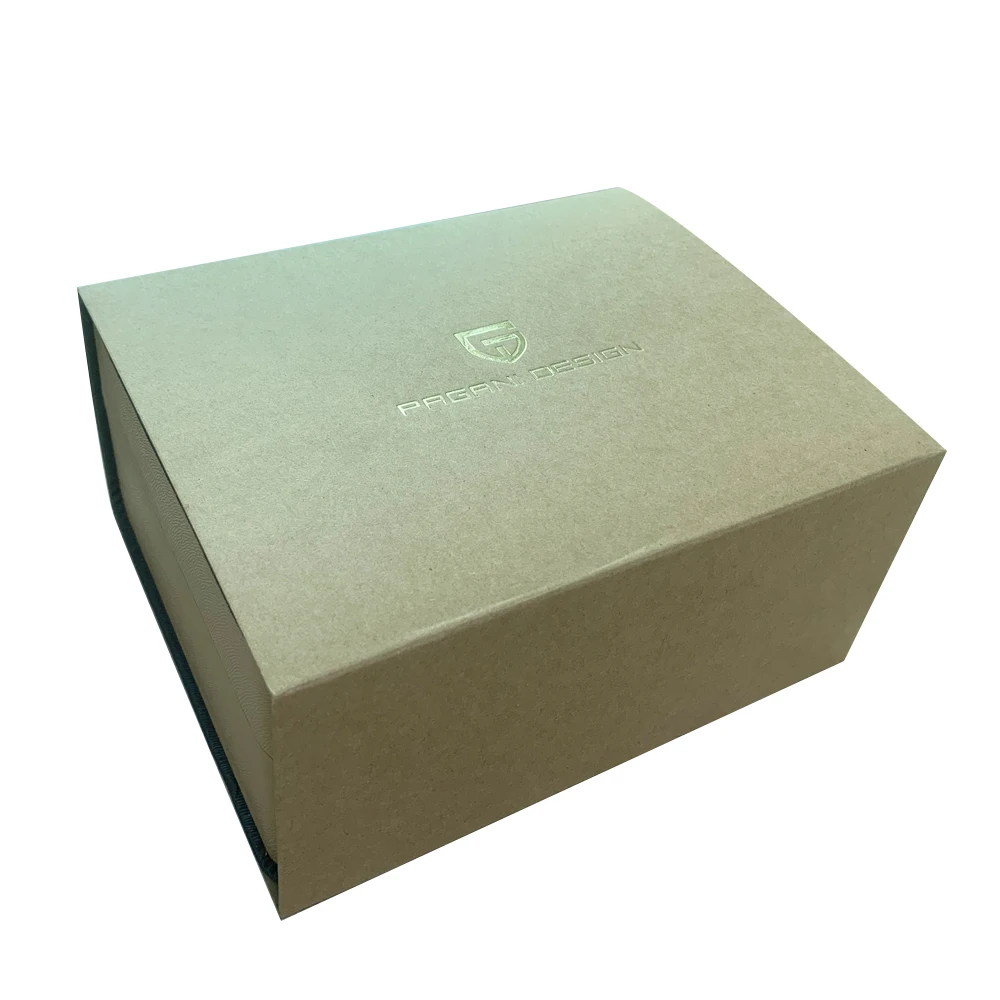
These storage-focused solutions come in several varieties to meet different collecting needs:
- Watch boxes: Multi-slot containers with individual compartments, often featuring glass tops for visibility
- Watch cases: Durable, often portable containers with secure closures like zippers or latches
- Watch rolls: Fabric rolls with individual pockets that wrap and protect multiple watches
- Watch drawers/inserts: Storage compartments designed to fit into existing furniture or safes
- Multi-watch winders: Mechanical devices that keep multiple automatic watches wound while storing them
- Valet trays with compartments: Flat storage with designated sections for watches and other accessories
Watch organizers utilize various materials that serve both protective and aesthetic purposes. Common options include hardwood with rich finishes, genuine leather exteriors, carbon fiber for lightweight strength, and soft microfiber linings to prevent scratches. These materials are selected to provide proper cushioning and protection against environmental factors.
Most watch organizer solutions accommodate between 5-20+ watches depending on the style and design. Travel cases tend to have lower capacities (3-8 watches) while focusing on compact protection, whereas home storage boxes often have higher capacities with added features like lock mechanisms or glass viewing tops.
Pros and Cons of Watch Organizers
Understanding the advantages and limitations of watch organizers will help you determine if they’re the right solution for your collection:
Pros:
* Provide superior protection against dust, scratches, and physical impacts
* Offer capacity for larger or growing collections
* Often include enhanced security features like locks or safe compatibility
* Provide organization for accessories such as straps, tools, or jewelry
* Ideal for long-term storage and preservation of valuable timepieces
* Efficiently store multiple watches in a compact footprint
* Some models include humidity control features for optimal preservation
Cons:
* Can be bulky and require dedicated storage space
* Less immediate visual display of individual watches (unless using glass-topped models)
* Higher initial investment cost
* May require opening/closing to access watches
* Sometimes lack flexibility for unusually sized or shaped timepieces
Many collectors find that as their collection grows beyond 3-4 watches, the transition to a proper organizer becomes necessary. For example, a collector who initially kept two watches on individual stands might invest in a quality watch box after acquiring several more pieces, gaining better protection and organization while maintaining visual appreciation through a glass top.
Watch organizers particularly excel at protecting timepieces from specific threats like dust infiltration, UV exposure from sunlight, and mechanical damage from accidental impacts – all concerns that become more significant as a collection increases in value.
Watch Holders vs. Watch Organizers: Direct Comparison
To help clarify your decision, here’s a direct comparison of the key differences between watch holders and organizers:
| Feature | Watch Holders | Watch Organizers |
|---|---|---|
| Primary purpose | Display and accessibility | Protection and storage |
| Typical capacity | Single watch or very few | Multiple watches (5-20+) |
| Protection level | Minimal to moderate | Moderate to comprehensive |
| Access convenience | Immediate, open access | Enclosed, may require opening |
| Visual display | Constant, full visibility | Limited or enclosed (except glass-top) |
| Portability | Varies by type | Varies by type (rolls most portable) |
| Price range (basic) | $15-50 | $30-100 |
| Price range (premium) | $50-200+ | $100-500+ |
| Space efficiency for multiple watches | Low (multiple holders needed) | High (single solution) |
The fundamental philosophical difference between these options comes down to showcase versus secure storage. Watch holders treat timepieces as display pieces to be admired continuously, while organizers treat them as valuable items to be protected and organized.
This distinction explains why many serious collectors eventually implement organizing watch collection strategies that incorporate both types of solutions. The ideal approach often depends on your specific collecting habits, which we’ll explore in the next section.
Key Factors to Consider When Choosing
When deciding between watch holders and organizers, consider these key factors to guide your decision:
1. Collection Size and Growth Plans
The number of watches you own is perhaps the most significant factor. For 1-3 watches, individual holders may be sufficient. For 4+ watches, an organizer typically becomes more practical. Also consider your collecting trajectory – if you’re likely to acquire more watches, investing in an expandable storage system makes sense.
2. Display vs. Protection Priority
Consider which is more important to you: constantly viewing your watches or keeping them protected. Some collectors prefer the visual enjoyment of seeing their timepieces displayed at all times, while others prioritize protection from environmental factors. Your home environment matters too – dusty locations or rooms with high sun exposure may require more protective storage.
3. Watch Types and Mechanisms
The specific watches in your collection influence storage needs. Automatic watches benefit from winders to keep them running. Oversized watches may require special accommodations with larger compartments. Higher-value luxury pieces generally warrant greater protection, while daily beaters might be fine with simpler display solutions.
4. Available Space and Placement
Consider where you’ll keep your watches. Limited desk or dresser space might make a compact organizer more practical than multiple individual holders. Think about visibility preferences – whether you want storage that showcases watches or keeps them discreetly tucked away. Some solutions can integrate with existing furniture or safes.
5. Lifestyle and Usage Patterns
Your watch wearing habits significantly impact storage needs. If you rotate through watches daily, easy access becomes important. Frequent travelers need portable options that protect watches on the go. Consider how often and how quickly you need to access different timepieces in your collection.
Making an informed decision requires comparing types of watch storage based on these factors rather than following general recommendations. Your specific situation and preferences should determine which solution works best for your collection.
Matching Solutions to Common Scenarios
Different watch enthusiasts have different needs. Here are common scenarios with recommended storage solutions:
The Single Watch Enthusiast
For someone with one quality timepiece worn almost daily, an elegant single watch stand or cushion placed on a bedside table or dresser makes perfect sense. This provides quick access while showcasing the watch as a decorative item. Look for quality materials that complement your home decor and provide adequate support for your watch band.
The Budding Collector (3-5 watches)
As your collection begins to grow, a small watch box or quality watch roll offers the ideal balance between protection, organization, and display. A 5-slot watch box with a glass top provides visibility while keeping pieces protected, or a leather watch roll offers compact storage with good protection.
The Serious Collector
With 8 or more watches, comprehensive storage becomes essential. A large-capacity watch box, cabinet, or multi-winder system provides the organization and protection needed for a substantial collection. Look for features like individual cushions, secure closures, and possibly lock mechanisms for valuable pieces.
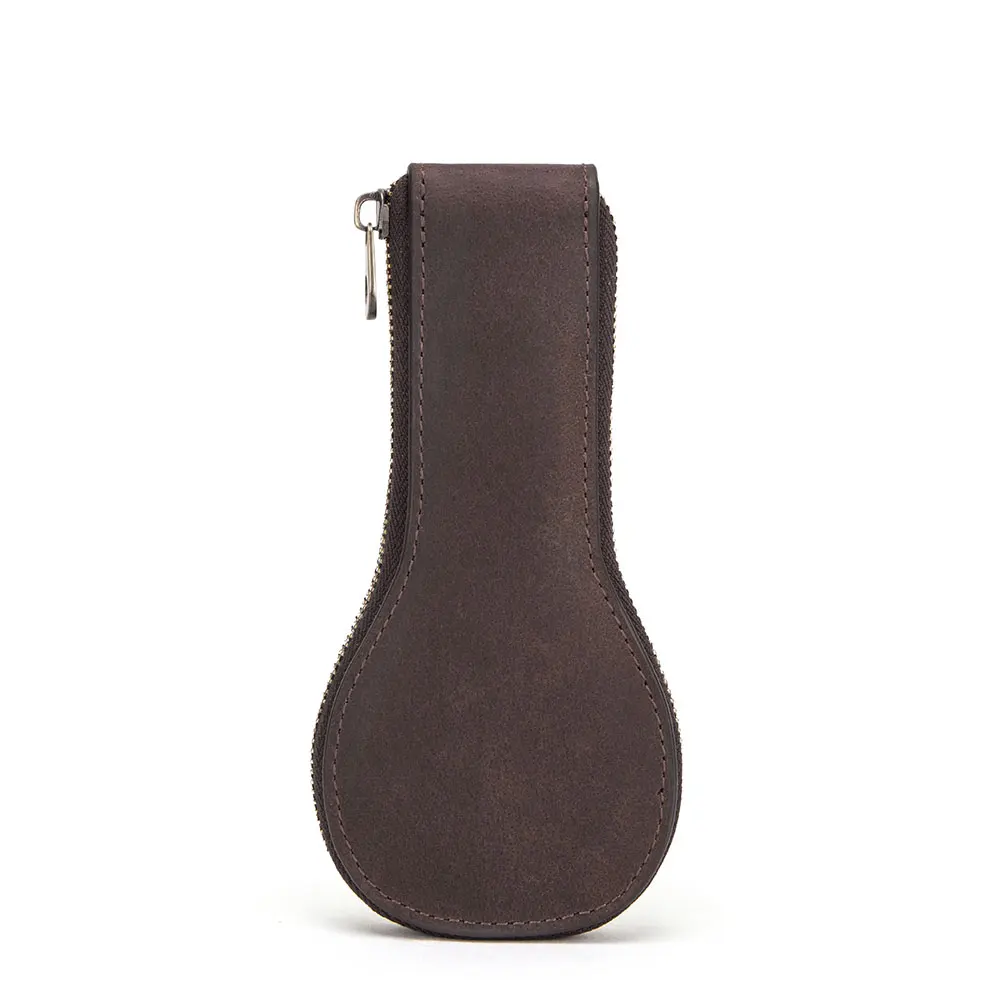
The Frequent Traveler
If you often travel with multiple timepieces, a compact watch roll or dedicated travel case is essential. These portable solutions provide protection during transit while maintaining organization. Look for options with secure closures and adequate cushioning to prevent damage from impacts.
The Display Enthusiast
For collectors who view their watches as part of their home decor, glass-top boxes or individual premium holders arranged in a display area create a museum-like presentation. This approach works well for those who want to showcase their collection and appreciate their watches visually throughout the day.
Finding creative watch storage ideas for collectors can help address specific needs while enhancing your enjoyment of the collection. The best solution addresses not just storage requirements but also how you interact with and appreciate your watches.
Hybrid Approaches: Combining Holders and Organizers
Many collectors discover that the choice between watch holders and organizers isn’t necessarily binary. A hybrid approach – combining both types of solutions – often provides the most practical and enjoyable watch storage experience.
Common hybrid approaches include:
- Keeping a daily wear watch on a dedicated stand for quick access while storing the rest of the collection in a protective watch box
- Using a rotation system where a few selected watches are displayed on holders while others remain safely stored in an organizer
- Employing a travel roll for trips while maintaining a more comprehensive home storage system
This combined strategy offers several benefits:
- The best of both worlds – easy display and access for frequently worn pieces with secure protection for the rest of the collection
- Flexibility to adapt as your collection evolves and your preferences change
- Practical functionality that matches your actual usage patterns rather than forcing a one-size-fits-all approach
When considering how to implement a hybrid solution, understanding the differences between watch box vs watch roll storage can help determine which components will best serve different parts of your collection. For instance, automatic watches that need regular winding might stay in winders, while rarely worn pieces remain in a secure box, and a daily wearer sits on a bedside stand.
Material and Quality Considerations
The materials used in watch storage solutions impact both aesthetics and protection. Understanding these materials helps you make an informed choice:

Common Materials and Their Properties:
* Wood: Offers classic aesthetics with variations in durability. Cedar provides natural humidity control, while hardwoods like walnut and cherry offer strength and beauty. Look for properly finished wood that won’t transfer oils or color to watch straps.
* Leather: Ranges from genuine to full-grain, affecting durability and appearance. Quality leather ages beautifully but requires proper care to prevent drying or cracking.
* Metal: Typically aluminum or stainless steel, providing durability and modern aesthetics. Metal components should have smooth edges and non-scratching surfaces.
* Glass: Used for display tops, varying in clarity and strength. Tempered glass offers better protection, while some premium options include UV protection.
* Interior Linings: Microfiber and velvet are common, providing cushioning and scratch prevention. Quality linings should be securely attached and non-shedding.
Construction Quality Factors:
* Joints should be tight, smooth, and properly aligned
* Hinges should operate smoothly without catching
* Cushions should fit watches securely without being too tight or loose
* Closures should engage properly and stay secured
When evaluating options, knowing what features to look for in watch organizers helps ensure you’re investing in storage that will protect your timepieces properly. Quality construction directly impacts how well your watches are protected and how long the storage solution itself will last.
Budget Considerations and Value
Watch storage solutions span a wide price range, from affordable basics to luxury pieces that are collection-worthy themselves:
Entry-level options ($15-50 for holders, $30-100 for organizers):
* Basic materials with decent functionality
* Fewer features and simpler construction
* Suitable for non-luxury watches or beginners
Mid-range options ($50-150 for holders, $100-250 for organizers):
* Better materials and construction quality
* Enhanced protection features
* More aesthetic appeal and durability
Premium/luxury options ($150+ for holders, $250+ for organizers):
* Exceptional materials and craftsmanship
* Superior protection features
* Heirloom quality that complements fine timepieces
When considering value, remember that your storage solution should be proportionate to your collection’s worth. Many collectors follow a guideline of investing roughly 5-10% of their collection’s value in storage and display solutions. For valuable collections, higher-quality storage represents insurance against potential damage.
For those starting out or working with limited budgets, there are many budget-friendly watch storage options that don’t compromise on essential protection. The key is identifying which features matter most for your specific collection and prioritizing those in your purchase decision.
Watch Accessories, Watch Holder
$94.51 Select options This product has multiple variants. The options may be chosen on the product pageLuxury Watch Boxes, Men's Watch Boxes, Single Watch Box
Price range: $903.35 through $980.97 Select options This product has multiple variants. The options may be chosen on the product pageMen's Watch Organizer, Watch Display Case, Watch Organizer
Price range: $112.68 through $169.45 Select options This product has multiple variants. The options may be chosen on the product pageAutomatic Watch Winder, Luxury Watch Winder, Single Watch Box
$307.39 Select options This product has multiple variants. The options may be chosen on the product pageLuxury Watch Boxes, Luxury Watch Travel Case
Price range: $200.33 through $224.57 Select options This product has multiple variants. The options may be chosen on the product pageRotating Watch Holder, Watch Holder
Price range: $93.28 through $93.35 Select options This product has multiple variants. The options may be chosen on the product page
Maintaining and Caring for Your Watch Storage
To ensure your watch storage solution continues protecting your timepieces effectively, regular maintenance is important:
Cleaning Different Materials:
* Wood: Dust with a soft cloth; periodically treat with appropriate wood polish
* Leather: Wipe with a slightly damp cloth and condition occasionally
* Glass: Clean with non-ammonia glass cleaner and lint-free cloth
* Metal: Polish with appropriate metal cleaner to prevent tarnishing
* Interior linings: Vacuum gently with a soft brush attachment
Optimal Placement Considerations:
* Position away from direct sunlight to prevent fading and heat damage
* Maintain stable temperature and humidity levels
* Place in locations protected from potential spills or impacts
* Consider security needs for valuable collections
Proper placement and maintenance significantly extend the life of your storage solution while ensuring continued protection for your watches. Understanding long-term watch storage protection principles helps preserve both your timepieces and the storage solutions that house them.
When Should You Upgrade Your Watch Storage?
As your collection evolves, your storage needs may change. Here are key indicators it’s time to consider upgrading:
Is your collection outgrowing your current solution?
When cushions become crowded or you’re storing watches outside your main system, it’s time to expand. Overcrowding can lead to watches touching each other, increasing scratch risk.
Are your watches showing signs of inadequate protection?
Dust accumulation, scratches, or mechanical issues may indicate your current storage isn’t providing sufficient protection. These signs shouldn’t be ignored, especially for valuable timepieces.
Has your watch collecting focus changed?
As collections mature, priorities often shift from quantity to quality. Higher-value pieces typically warrant better protection, and specialized watches may need specific storage features.
Do you need additional features like winders or security?
Acquiring more automatic watches might necessitate winders, while increasing collection value might call for storage with security features.
Upgrading watch storage is a natural part of the collecting journey. Many enthusiasts find that their storage solutions evolve alongside their collections, reflecting both practical needs and their deepening appreciation for horology.
Are Watch Winders Necessary for Your Collection?
Watch winders are specialized storage devices that keep automatic watches running by mimicking wrist movement. Understanding their purpose helps determine if they should be part of your storage solution:
When winders are beneficial:
* For automatic watches worn in rotation (not daily)
* For complicated timepieces like perpetual calendars that are difficult to reset
* For collectors who appreciate the convenience of having watches ready to wear
Pros of watch winders:
* Keeps watches ready to wear without manual winding
* Maintains proper lubrication by keeping parts moving
* Prevents the need to reset complicated functions
* Often provides protective storage in addition to winding
Cons of watch winders:
* More expensive than static storage
* Requires power source and creates some noise
* May cause unnecessary wear on watch movements
* Not necessary for watches worn daily or manual wind watches
Quality matters significantly with watch winders. Look for models with adjustable rotation programs (direction, turns per day), quiet motors, and proper watch security. Many watchmakers recommend winders that offer programmable settings to match specific watch requirements rather than continuous rotation.
Contrary to popular belief, automatic watches don’t necessarily “need” winders – many can be manually wound when needed. The decision to use winders should be based on convenience, wearing patterns, and the specific watches in your collection rather than perceived necessity.

